The disease, known as citrus greening, yellow dragon disease or huanglongbing (HLB), is caused by the bacteria Candidatus Liberibacter spp. Candidatus Liberibacter fajai okozzák.
The bacteria are spread from tree to tree by a small insect, the African and Asian citrus psyllid (Psyllidae spp.). Infected trees may not show any symptoms for months: the fruit becomes vestigial, greenish and inedible, ultimately followed by the death of the entire plant.
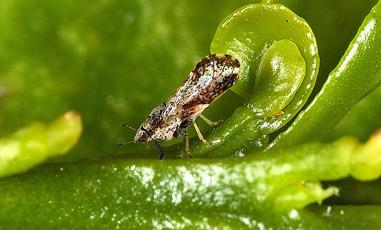
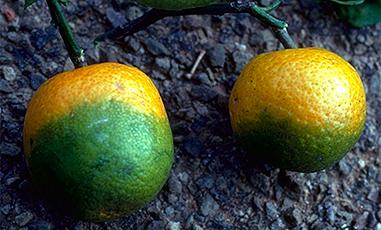
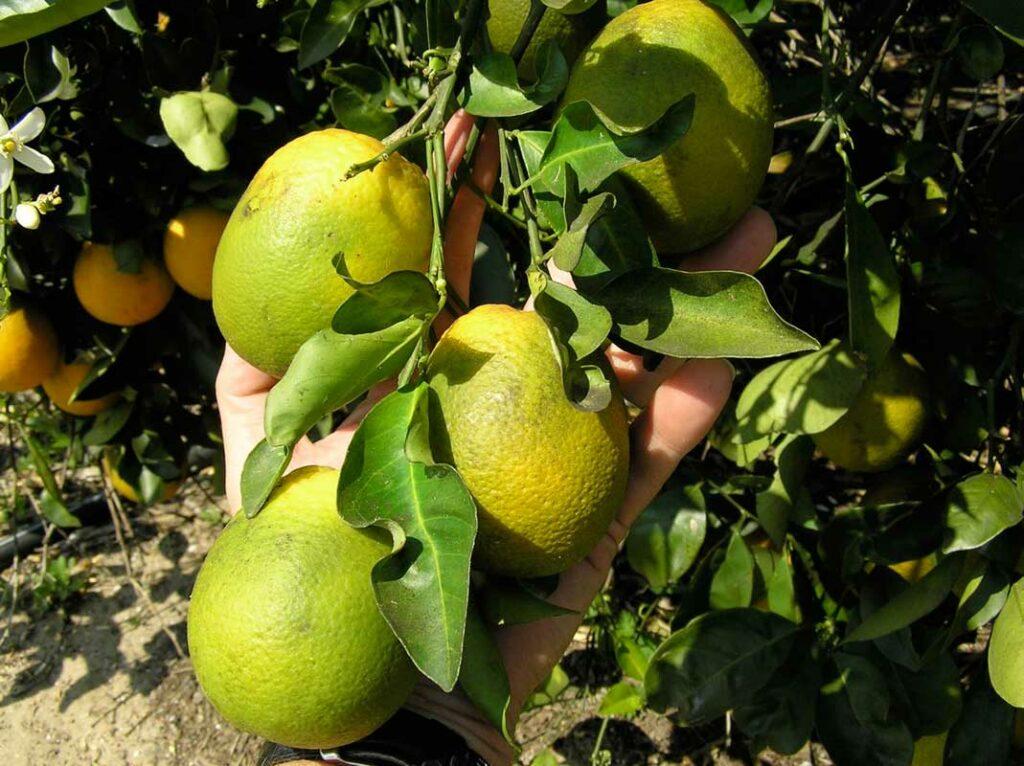
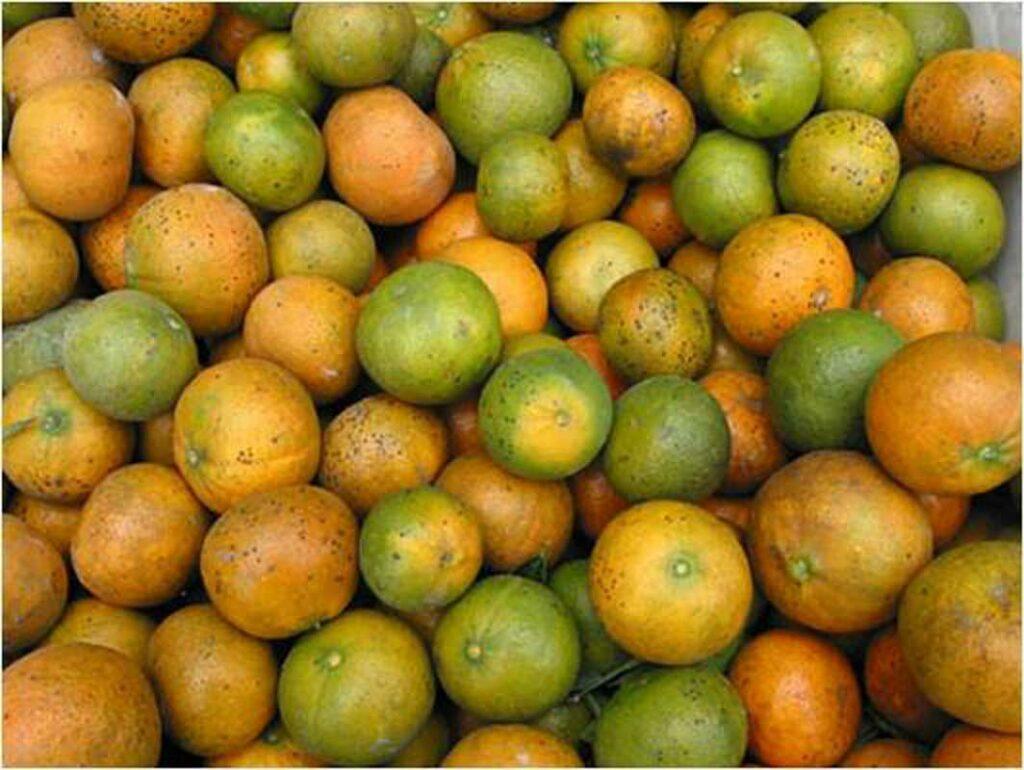

For a long time, the disease existed only in Asia and Africa. The disease has now been found in several US states, including California, Arizona, Texas and Florida. China, Mexico and Brazil are also struggling with the disease.
There is no cure for the disease. The main control method so far has been to remove infected trees and treat orchards with an insecticide to control the vector.
In the USA, since 2016, the US Environmental Protection Agency (EPA) has allowed growers to use two antibiotics, oxytetracycline and streptomycin, after completing an "emergency declaration". The EPA also approved the routine treatment of plantations with oxytetracycline in December 2018, allowing growers to spray trees with the antibiotic several times a year. The routine use of streptomycin has not yet been authorised.
The two antibiotics are also used in human medicine and have been used in small amounts in crop production (on cereals).
The routine uses of these products in agriculture, which can be several times the amount used in human medicine, is a concern for researchers and public health experts, who believe it might spur resistance in some human pathogens. They cite a previous case of a fungicide used in tulips in the Netherlands, which led to an increase in cases of resistant aspergillosis in immunocompromised patients.
Another argument against the use of antibiotics is that there is still little scientific evidence on the long-term effects of their use in crop production and their effectiveness in controlling infection. Field trials to date have produced mixed results. Antibiotics can slow down the development of the disease, but they cannot eliminate it. There are also questions about what other side effects the treatment might have, such as killing other beneficial bacteria. A study on the uptake, translocation and stability of the two antibiotics in citrus plants was published in 2019.
There might be some hope according to a news story published in 2020. The researchers found a peptide in the fruit of the Australian finger limes that can kill the bacteria causing the disease. If further trials prove successful, the peptide could be an effective and environmentally friendly solution, but it can be years before the product gets to market.
The disease has not yet emerged in Europe and the use of antibiotics to control plant pathogens is banned in the EU, but the case should be monitored.
Update:
Finding a cure has been challenging due to the complexity of the Candidatus Liberibacter asiaticus (CLas) bacteria interactions with the citrus host and the Asian citrus psyllid. Another factor that has made it hard to recover from the disease is the tendency of the citrus industry to focus on a small number of cultivars with commercially desirable traits, but little genetic diversity.
Researchers who are working to find a citrus cultivar that is HLB resistant have a choice of either adding genetic variation through breeding with distant relatives or modifying the trees transgenically. In an article published in the Journal of the American Society for Horticultural Science, scientists present promising results from transgenic populations that produce antibodies that can bind with CLas proteins and reduce the bacteria’s ability to replicate.
However, a greater understanding of the disease progression will likely be needed to determine what factors cause the observed divergence in resistance levels.
Latest developments on citrus greening
Lawsuit filed to ban the use of antibiotics in the US
In 2021, the Natural Resources Defense Council (NRDC) and their partners filed a lawsuit to overturn the US Environmental Protection Agency's (EPA) dangerous decision to expand the use of the medically important drug streptomycin, which is an unproven solution to citrus greening. According to the NRDC, the practice could harm the health of workers who come into direct contact with the products and contribute to the spread of antibiotic resistance, posing a long-term public health risk.
The lawsuit to ban the use of the antibiotic started in 2021 and continued in 2023. Finally, in December 2023, a decision was issued on the use of streptomycin on citrus fruits, cancelling the EPA's approval of the use of the drug in agriculture. The court ruled that the EPA's decision did not comply with the requirements of the Environmental Protection and Endangered Species Acts because it ignored the effects of the drug on pollinating insects and other sensitive species, and there were doubts about streptomycin's effectiveness against HLB disease using the spray method. As a consequence of the ruling, the EPA will have to carry out a more thorough risk assessment of the effects of the product, with particular attention to the protection of pollinators and the health of farm workers. However, the decision is controversial, as streptomycin was used on citrus at a much lower rate than the more effective oxytetracycline, which is still authorised.
Study results on the effectiveness of antibiotic treatment
In the US, the use of antibiotics, oxytetracycline and streptomycin, has been proposed to mitigate the severe damage caused by citrus greening disease. A study examined the effectiveness of foliar sprayed antibiotics in reaching the leaves of citrus trees, even with the addition of additives. The results showed that spraying only reached minimal levels in the leaves and was therefore ineffective. Injection of oxytetracycline into the strain, however, achieved high antibiotic levels in the leaves, significantly reducing the levels of the bacteria responsible for the disease. Injection of streptomycin was not as successful, probably due to its binding in the transport system of the citrus trees or its lower dosage. The research suggests that oxytetracycline may be more effective against HLB than streptomycin because it is better at reaching the right sites in citrus trees.
The results of another study also suggest that although oxytetracycline and streptomycin sprayed on citrus foliage reduce vector acquisition of Candidatus Liberibacter asiaticus (CLas), even high frequency use of these products in field conditions does not prevent or reduce tree infection.
In addition, further research has investigated the effectiveness of currently used control strategies, which also found that antibiotic spraying may not be an effective control against Candidatus Liberibacter asiaticus.
In another study, the injection of oxytetracycline into the trunk of a tree was investigated and found to have benefits: reduction in fruit drop, increase in yield, increase in fruit size and improvement in juice quality. However, the effectiveness of the injection was affected by the timing of the injection and the results were not consistent across varieties.
No information is yet available on the long-term consequences of antibiotic use in orange orchards, such as the impact on antibiotic resistance in human pathogens.
In light of these results, there is still a need to develop other treatment methods, of which the use of antimicrobial peptides is the most researched.
Research findings on antimicrobial peptides
Research on anti-microbial peptides (AMPs) is also ongoing, and we will highlight just a few of them here. In an study, antimicrobial peptides blocked the TolC efflux pump protein/secretion-dependent effector proteins. The ToIC efflux pump system is designed to remove various chemicals, such as antibiotics and toxins, from the cell, thereby helping bacteria to survive in adverse environments. Treatment with peptides in this way, i.e. blocking ToIC, effectively inhibited bacterial growth and even led to their death.
In another study, specifically targeting anti-microbial peptides (STAMPs) that inhibited the CLas BamA protein have been used. BamA is an outer membrane protein that plays a key role in the correct incorporation and stabilisation of new proteins entering the outer membrane, thereby contributing to bacterial viability. Efficacy studies in vitro with a closely related CLas surrogate bacterium showed that STAMPs have a greater inhibitory effect than AMP alone. Such research results will contribute to the design of effective therapies for the treatment of plant diseases caused by Candidatus Liberibacter spp.
In the US, a patenting process is underway to develop artificially produced antimicrobial peptides for the treatment of HLB disease, preferably in citrus fruits.
Control strategies
In an article published in 2021, possible ways to control citrus greening are summarized, including physical (e.g., heat treatment, pathway disruption), chemical (e.g., antibiotics, antibacterial peptides, nanotechnology, chemical immune inducers, natural hormones), and biological methods (e.g., hybrid breeding, transgenic technology, microbial therapy).
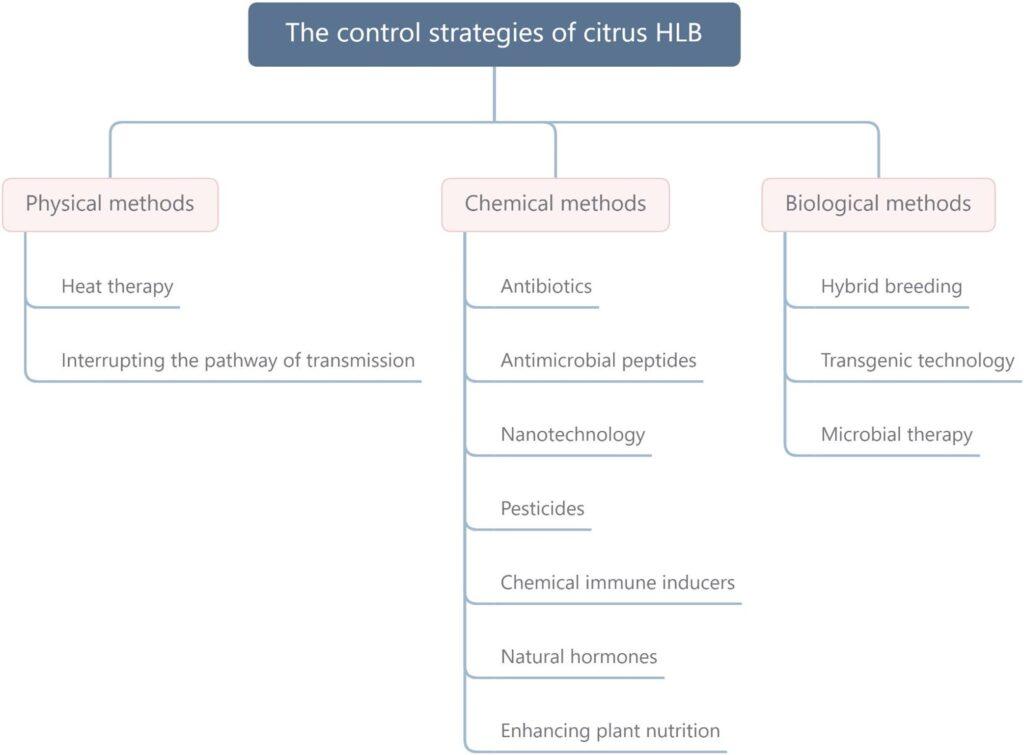
Source: Li et al., 2021
The authors proposed a green and ecological strategy based on existing methods and previous research results. It basically consists of three steps: firstly, improving orchard management by manual or mechanical weeding, interplanting plants resistant to Asian citrus psyllid, and releasing its natural enemies. Secondly, improving plant immunity, e.g. spraying with bio-organic fertilizers, metabolic photosynthesis enhancers and stress-resistant ionic liquids. Finally, the removal of severely diseased citrus.
According to the authors, future research should focus on two key points, such as plant-pathogen interaction mechanisms and screening for disease-tolerant and resistance genes in citrus greening.
What is the situation in Europe
Climate change favours the spread of pests, increasing the risk of disease introduction. The intensity of global trade makes it difficult to prevent the introduction of pests and diseases completely.
In January 2022, for the first time the presence of Diaphorina citri, an insect carrying the deadly Asian strain of Huanglongbing or citrus greening disease, was confirmed in the European Union. The discovery of the insect in Cyprus was confirmed by the European and Mediterranean Plant Protection Organisation (EPPO).
The EU is relatively well prepared to prevent and manage citrus greening disease, but the threat remains serious. EU research programmes (e.g. Horizon Europe) support scientific projects on citrus greening, such as the development of resistant citrus varieties or biological control methods. European countries with a large citrus sector, such as Spain and Italy, are actively involved in this research. One of the research projects, PRE-HLB (Prevention of HLB outbreaks to ensure the survival of citrus in Europe), aims to develop and implement a holistic contingency plan to protect the EU citrus sector from HLB disease triggers and to develop new solutions to manage the disease using a multidisciplinary approach and in collaboration with experienced US and Asian partners.
In recent years, the EU has increasingly focused on crop protection challenges, in particular pest and disease control. In the EU, advanced monitoring networks are in place to detect potential infestations at an early stage. The EU applies strict quarantine measures to prevent the introduction of invasive pests such as the Asian citrus leafroll. Special import rules apply to citrus fruit to reduce the risk of importing infected plants.
Cooperation between Member States, researchers and farmers is essential for effective control. The emphasis is on prevention, as the disease is extremely difficult to control and can cause significant economic damage.
